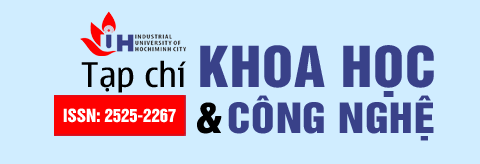ANALYTICAL SOLUTION OF LATERAL CONSOLIDATION OF VERTICAL DRAIN-IMPROVED SOFT SOIL SUBJECTED TO CONFINED WATER PRESSURE
Main Article Content
Abstract
A confined aquifer is seen as an aquifer that lies below the free groundwater level. This aquifer is accumulated in a permeable layer as sand, rock or gravel. The confined aquifer is usually located between two or more impervious layers such as a soft clay or clay layer. Since the confined aquifer has a pressure greater than the atmospheric pressure; therefore, as a borehole down to the aquifer layer from the surface ground was carried out, the water can be pushed up above the ground (artesian pressure) through the borehole. It can be seen that the impervious soil layer (clay, weak clay) is subjected to an upward pressure from the confined aquifer. This geological phenomenon is usually found in plain or urban areas, which is often located in valley areas and surrounded by hills or higher terrain areas. The investigation of the strength characteristics and consolidation behavior of the soft soil layer located on these aquifers is necessary in geotechnical engineering. Generally, the previous studies have not considered this complicated problem. This paper develops an analytical solution of the lateral consolidation of a clay layer improved by vertical drain, and is subjected to pressure from the confined aquifer. The results show that the rate of consolidation takes place slower than the consolidation process in the case of the soft soil layer without the pressure from the confined aquifer. The solution can be applied to in the ground treatment in the case of soft soil layers subjected to pressure from limited aquifers.

